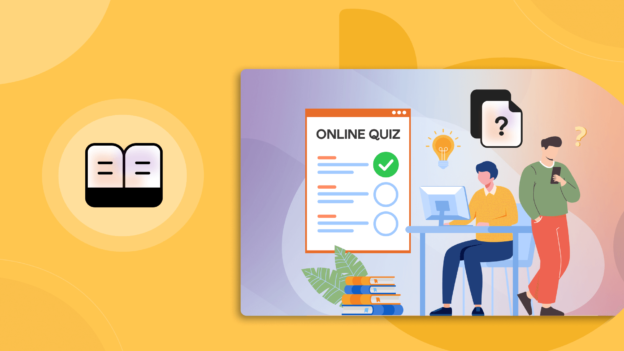Publishing courses on a platform can take you a long way to stabilize your coaching business.
But for the course to be successful, you need to research your audience.
Not knowing your audience will result in poor course sales and negative reviews.
So you must investigate your audience before you start your course development.
After you have done the research on your audience, you will need to trim your audience to target those who will maximize your course purchase.
Here is how you can research your audience.
1. Define your course Identity
Audiences vary from course to course.
What niche is your course going to be on?
Is it tech? Linguistics? Design? Health? Project Management?
Every niche will have an audience with different expectations and perceptions.
For example, tech-based courses will have an audience who will expect lots of screen-recording of the tools you will use to show your tutorials. Your audience might expect a more informal presentation. For such an expectation, you can keep your course simple with your laptop, microphone, slides, and recording tools.
But for a course on Project Management, keep your presentation visually pleasant. You will likely need to invest in a camera, lighting, and proper background to present yourself on screen.
Remember to use appropriately designed slides to present your course. As you can see, alot needs to be invested in creating a course on project management.
This is because project management courses tend to be pricey whose audiences are mature, already working, and expect to learn everything from one course.
As explained above, thinking about a course profile will take you ahead to know who your audiences are.
So define your course identity to know your audience who will be purchasing your course.
2. Conduct market research
This is another way to find your target audience. There are several ways to do this.
- You can conduct a survey online to your followers on social media. If you are in a social media group such as Facebook, or Discord, then you can conduct a poll within those groups to find out about your audience.
There are countless social groups for learning and idea sharing. You can create a poll and ask members to complete your survey. - Your survey can include a questionnaire on the audience’s occupation, education, career plans, existing skills, and so on. You will know what to ask once you start researching your course profile.
- If you know any competitors who have already published a course, you can browse through their course’s profile such as the comment section, the ratings, and even the discussion section. These sections can determine the target audience and reveal a great deal about who the learners are.
3. Find out the preferences
Depending on the niche, you can customize how you want to deliver your course.
Some people prefer real-time course delivery. This option tends to be on the costlier side which means you can charge more for your course. Fitness bases courses tend to teach health and fitness in real time by guiding a number of learners at the same time.
Others may prefer pre-recorded lessons which is the most common way to publish a course.
Another way to appeal to your audience is to have a hybrid course-it is an approach to deliver your course in both real-time and by using pre-recorded sessions.
4. Analyze your competitors
You can take a look at your competitors to see who their audiences are.
Check out the rating and comment section for Udemy, Youtube, and even Amazon.
These sections are a gold mine to find out who your audience is going to be for your niche.
You can also watch the trailer of your competitor’s course to find out who the course is meant for.
Conclusion
Avoid spending too long researching how to know your target audience. This is a simple and easy task.
During the early stages of your course development journey, you will need to have a course ready to market to your audience.
Course instructors often make the mistake of gathering their audience before having a course in hand.
Yes, you need to know who your audience is. But you need to do a quick research and start developing your course. Then, after you are done, you can start marketing your course.
Once you have reached out to your audience with your ready-made course, you will be intimate with your learners through their ratings, comments, and the exercises you prepare for them.
Hopefully, through this feedback, you will be able to develop better courses in the future.












